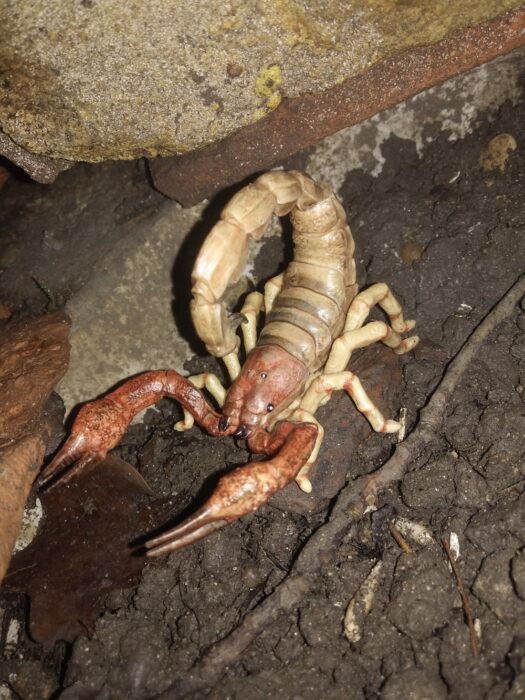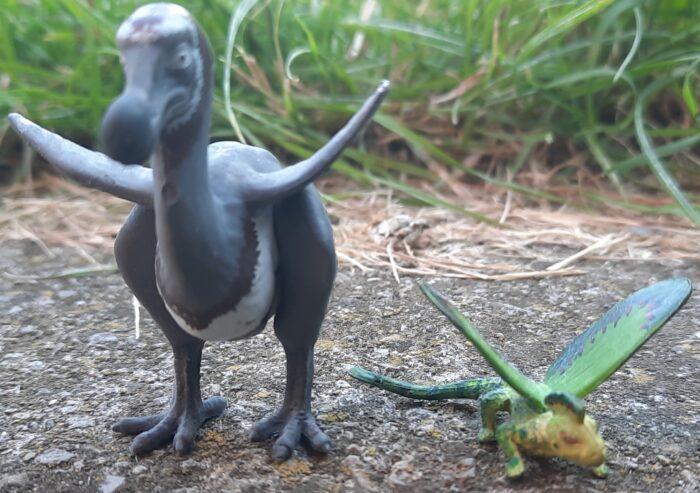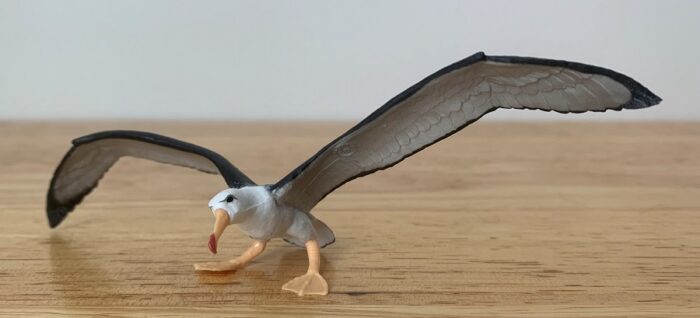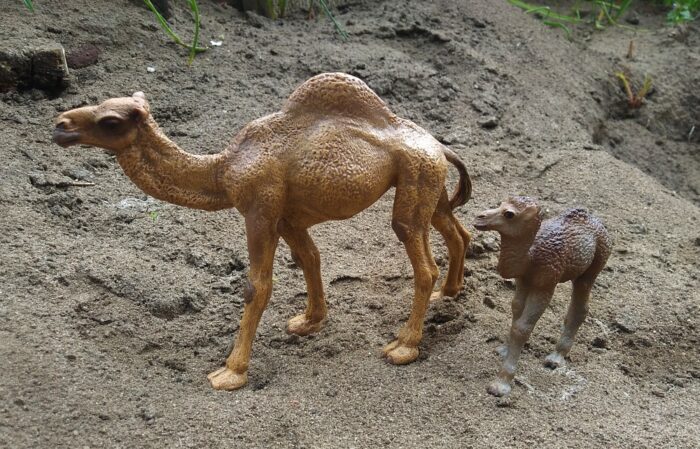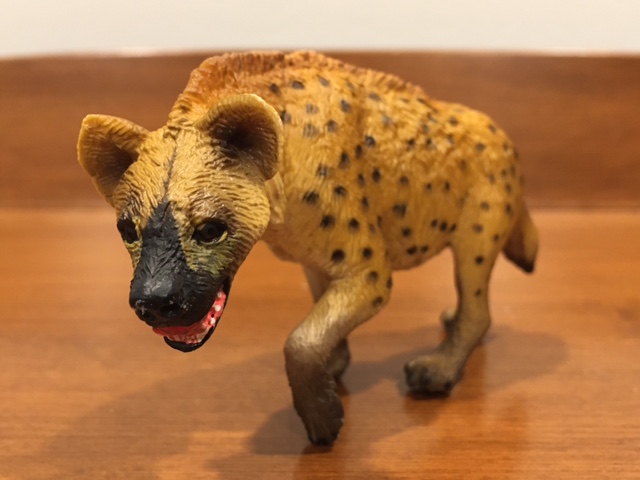Review and images by Lanthanotus; edited by bmathison1972
Probably even the most urban European citizen can instantly recognize the European robin (Erithacus rubecula) by its striking red breast. So it a small wonder it took the toy companies so long to produce a figure of this small bird.






